Crystal's Journey:
From Mine to Jewelry Piece
When you wear a sparkling crystal bracelet or admire the energetic amethyst piece on your windowsill, have you ever wondered about the story behind that crystal? From deep within the Earth’s crust to the bead, pendant, or raw crystal in your hands, each crystal undergoes a long and delicate journey.
In this article, we will uncover the secrets behind crystals: how they are mined from the Earth, sorted, polished, and finally transformed into various types of jewelry and decor. Whether you're fond of gemstone settings, prefer round bead bracelets, collect crystal decor, or adore the smooth texture of tumbled stones, you’ll find all the answers you seek here.
1. Mining - The Beginning of a Crystal's Journey
The story of a crystal begins deep within the Earth. Over millions of years, under high temperatures and pressure, volcanic activity, tectonic movements, and sedimentation bring minerals from deep inside the Earth’s crust to the surface. As time passes, minerals like quartz slowly crystallize, forming natural crystals.

To bring these precious crystals from the depths to the surface, miners rely on skilled techniques and patient effort. For example, in Brazil's famous crystal mining areas, miners often set out at dawn, trekking through undulating mountains and entering underground tunnels, armed with steel picks and hammers, slowly extracting gemstones buried for millions of years. Unlike modern mechanical mining, some areas still retain traditional hand mining methods, requiring miners to handle the crystals carefully to avoid damaging their integrity.
Due to geological differences, crystals from various regions differ in color and structure. Brazil, Madagascar, and Yunnan, China, are known for producing high-quality natural crystals. Each crystal extracted from these regions carries the story and energy of the land, awaiting its next fateful turn. The mining process is not only a grueling task but also a legendary chapter in the history of these gems.
2. Initial Cleaning and Sorting - Uncovering the Gem's Potential
After the difficult mining process, the crystals are brought to the surface, often still encased in dirt, stone fragments, and other impurities, appearing as mere rocks. To reveal the true beauty of the crystal inside, they undergo a process of high-pressure washing or manual cleaning to remove all the dirt and external contaminants. There’s something incredibly satisfying about unveiling a gemstone hidden beneath layers of earth, isn’t there? Depending on the mining conditions and the specific mine, meticulous manual cleaning may require several rounds to fully expose the crystal's true form. This process is like shedding a heavy cloak, revealing the inner beauty of the crystal.

After cleaning, the crystals are classified based on clarity, color, shape, and crack condition, which determines their future use as jewelry or decor. Crystals that are transparent, free of cracks, and have smooth surfaces are typically selected for gemstone cutting. These crystals often boast a stunning clarity, resembling a natural mirror that reflects surrounding light. Skilled artisans carefully cut these crystals into various geometric shapes, such as oval, square, or teardrop, aiming to perfect the brilliance and facets of the crystal. These dazzling crystals eventually become exquisite necklaces, rings, or earrings, serving as highlights for their wearers, radiating unique beauty.
Crystals with regular shapes and consistent texture are ideal for making round bead bracelets or necklaces. These beads are favored for their good workability, and after polishing, they achieve a uniform round shape, with a smooth feel and comfortable wear. This type of crystal bead is popular as it combines the energy properties of the crystal with stylish, everyday accessories, offering a minimalist yet powerful adornment.
However, not all crystals are suitable for cutting into small beads. Larger crystals with unique patterns are more commonly used to create crystal decor or energy stones. Crystal decor often retains the natural form of the raw stone, with only slight polishing of the surface to maintain its natural growth shape. These pieces not only visually embody strength but are also believed to have powerful energies that purify spaces or bring balance to the wearer. Many crystal enthusiasts appreciate the raw, organic beauty of these pieces, believing that the natural textures and irregularities of the crystal hold their unique charm.

Whether it’s a gemstone, bead, or decor, every crystal undergoes a "rebirth." From the mine to the jewelry in your hand, each crystal carries its own distinct energy and story. The next step is where the crystals reveal their vibrant life force during cutting, carving, and polishing, gradually transforming into jewelry and artwork that can enhance our lives.
3. Cutting and Shaping - The Craft That Decides Its Fate
Crystal cutting is both an art and a science. Different types of products require different cutting techniques. With the jeweler’s skillful craftsmanship, a crystal transitions from its raw form or the initial cleaned state into a uniquely shaped and beautiful final product. In this process, the artisan's technique and the crystal's inherent qualities combine, determining the crystal’s ultimate destiny. Cutting and shaping are not only a skill but also a creative art form, breathing life and individuality into each crystal.
1. Faceted Stones
The creation of faceted gemstones is especially intricate. To enhance the crystal's brilliance, artisans cut the crystal into geometric shapes with multiple facets, such as oval, square, or heart shapes. Each facet is carefully designed to reflect light, increasing the stone’s sparkle. For example, the "princess cut" maximizes light refraction by precisely adjusting each side, allowing the gemstone to shine brilliantly under any light. After cutting, the crystal's structure and beautiful gloss are fully showcased, making it an indispensable part of fine jewelry.
2. Crystal Beads
Another common transformation involves cutting the crystal into small, exquisite round beads. These beads are often used in bracelet and necklace designs. During the process, the crystal is first cut into small chunks or rough cylindrical shapes, then gradually polished into perfect spheres. Each bead must meet high standards of symmetry, and the artisan must work with great care to ensure that each bead is smooth and flawless. At this stage, the crystal’s texture and luster are refined, turning it into a part of the wearer’s daily life, often serving as a carrier of energy or a beautiful accessory.
3. Crystal Decor or Raw Clusters
The natural form and patterns of crystals are often preserved, especially when creating decor pieces. Unlike crystals cut into beads or gemstones, these pieces retain their original shape, showcasing the natural growth marks. After light polishing or trimming, the crystal’s sharp edges are removed, but its natural beauty remains intact. Many crystal lovers believe that preserving the raw state of the crystal adds to its strength, particularly for energy healing and space purification. Whether hanging in a room or placed on a desk, these decor pieces bring a unique flow of energy to the space.
4. Tumbled Crystals
Finally, there are "tumbled" crystals, also known as "rolling stones." These crystals are placed in rotating drums with water and abrasives for several days. After prolonged tumbling, the crystal’s surface becomes smooth and rounded, showcasing a soft sheen. Tumbled stones are often used in energy healing, as hand stones or small wearable accessories. Their smooth surface and calming texture help the user relax and feel at ease. Many people enjoy holding them in their hands, using their energy to aid in meditation, stress relief, or energy balancing.
These cutting and shaping techniques imbue each crystal with different functions and uses. Whether it’s a brilliant gemstone or a polished stone, each crystal has its own "destiny," with its beauty and energy perfectly presented through these techniques. From raw stones to fine products, crystals undergo transformation after transformation, with each step tightly linked to the craftsman’s wisdom and creativity.
4. Design and Crafting-Becoming Your Unique Jewelry
The journey of the crystal reaches its final stage when it is transformed into a unique piece of jewelry. At this point, the craftsman’s creativity and skill truly come into play. Every crystal’s form and energy are carefully considered by the designer, ensuring that it is not just a beautiful object but a piece of art that establishes a deep connection with the wearer. Depending on the crystal’s characteristics, artisans will design pieces that match its "personality," making it a one-of-a-kind treasure for each individual.
1. Unique Design Concepts
Crystal jewelry design is not just about aesthetic beauty; it is a deep understanding of the crystal's essence. Designers typically consider the color, shape, texture, and energy properties of the crystal when deciding how to incorporate it into a piece of jewelry. For instance, a vibrant amethyst may be perfect for creating a mystical pendant, paired with a delicate silver setting and fine cutting. On the other hand, a smooth, clear crystal bead might be best used in a simple bracelet or necklace to highlight its natural clarity.
2. The Handcrafted Connection
Unlike mass-produced crystal jewelry, handcrafted pieces tend to resonate more deeply with the wearer’s emotions. Brands like Vandjcrystal.com have preserved the natural feel of crystals, focusing on creating jewelry that is unique and personal. Through handcrafted beadwork, the natural texture and imperfections of the crystals become part of the piece's charm. These details reflect the crystal’s "primitive beauty." Some artisans even offer custom designs tailored to the wearer’s needs, ensuring that the crystal’s energy aligns with the person’s emotional journey.
These handcrafted pieces often feature delicate beadwork, combining the crystal beads with other natural materials like metal, wood, or leather to create one-of-a-kind accessories. Each arrangement of crystal beads has not only aesthetic significance but also represents the flow of energy. Wearers can select specific energy properties to boost confidence, improve health, or purify negative energy.





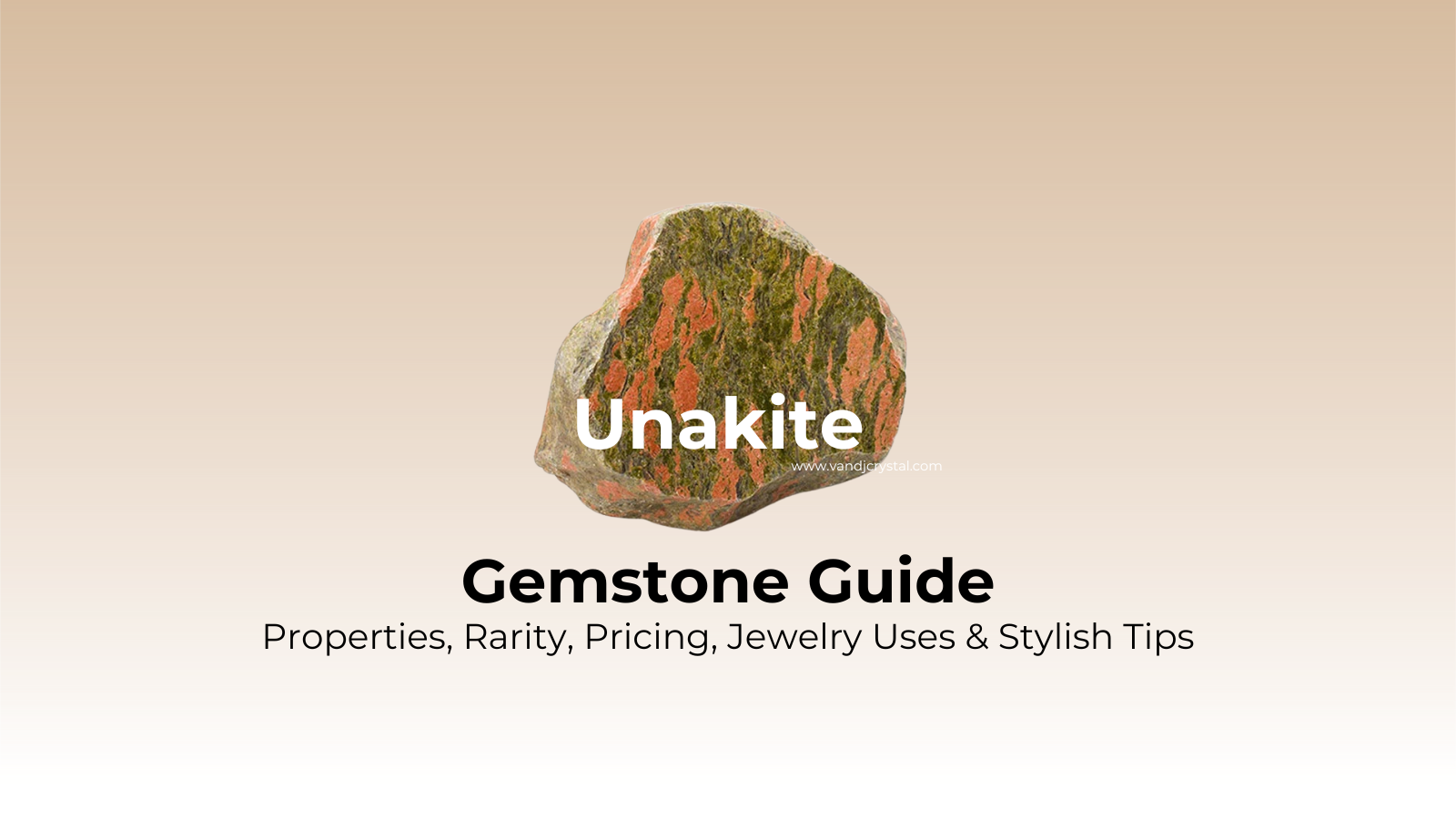
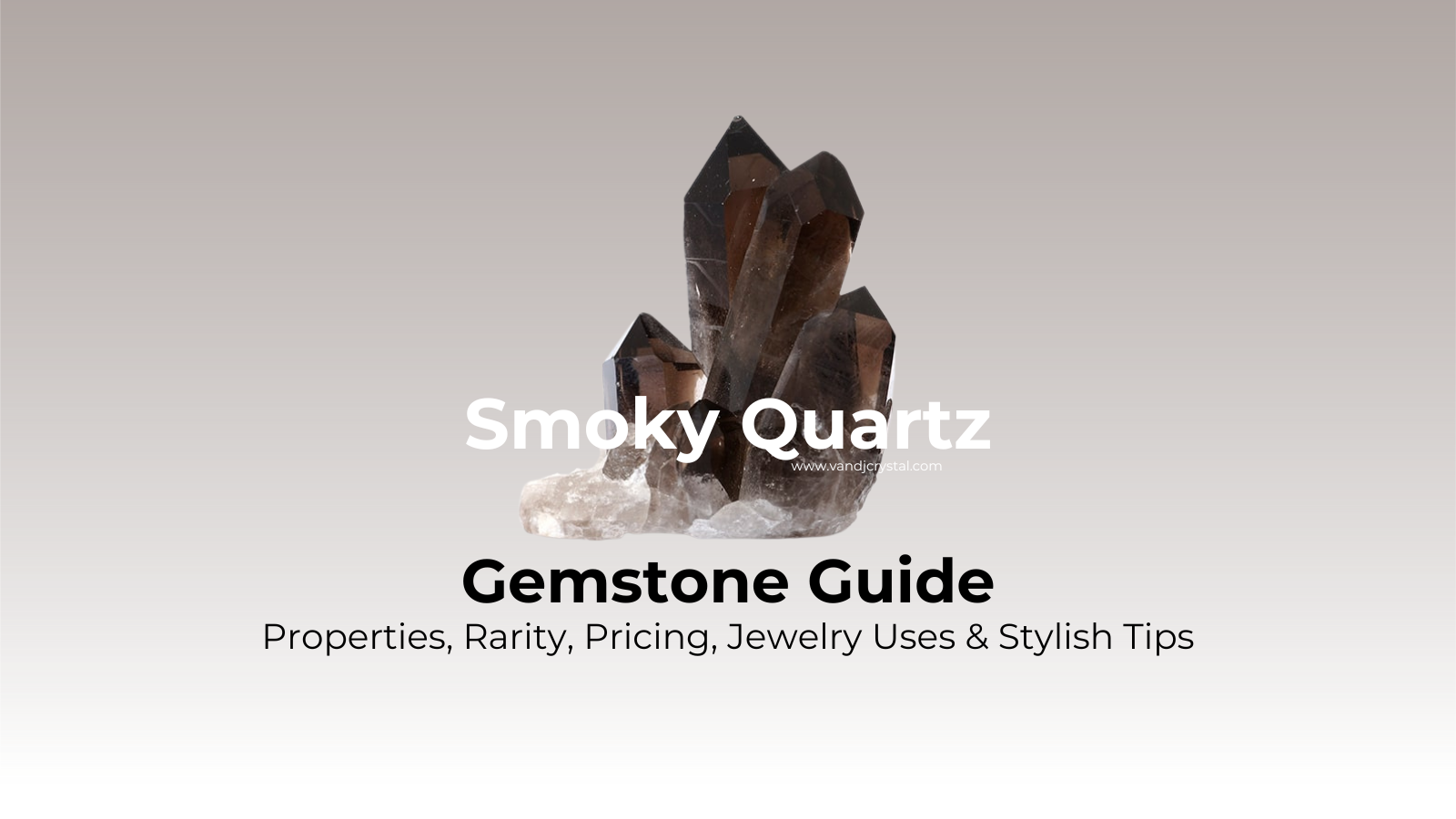
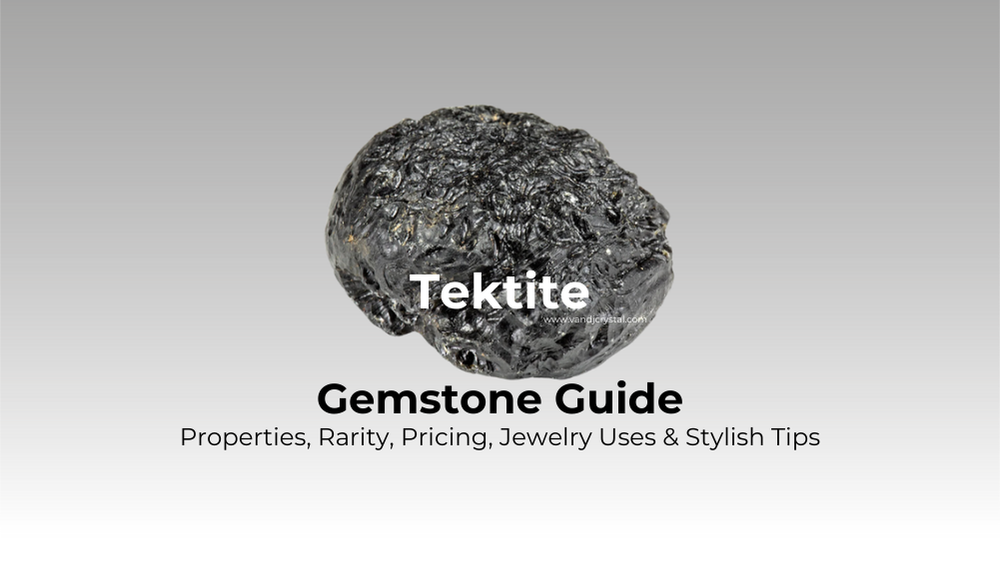
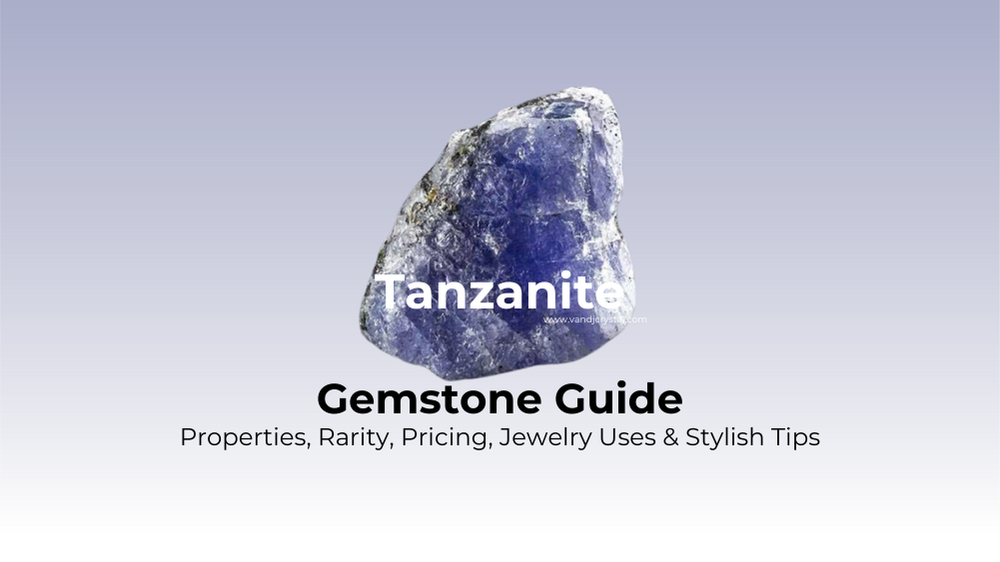
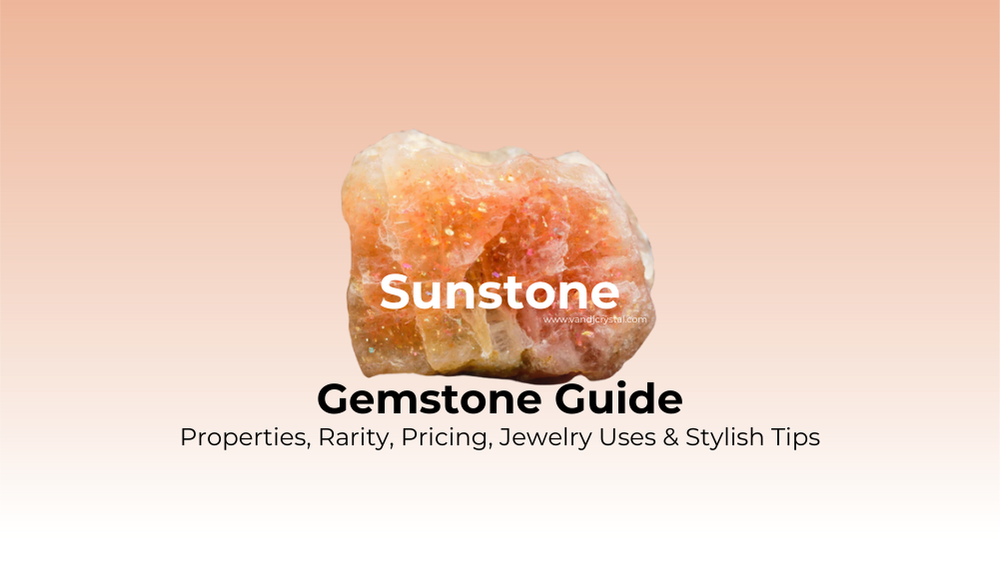
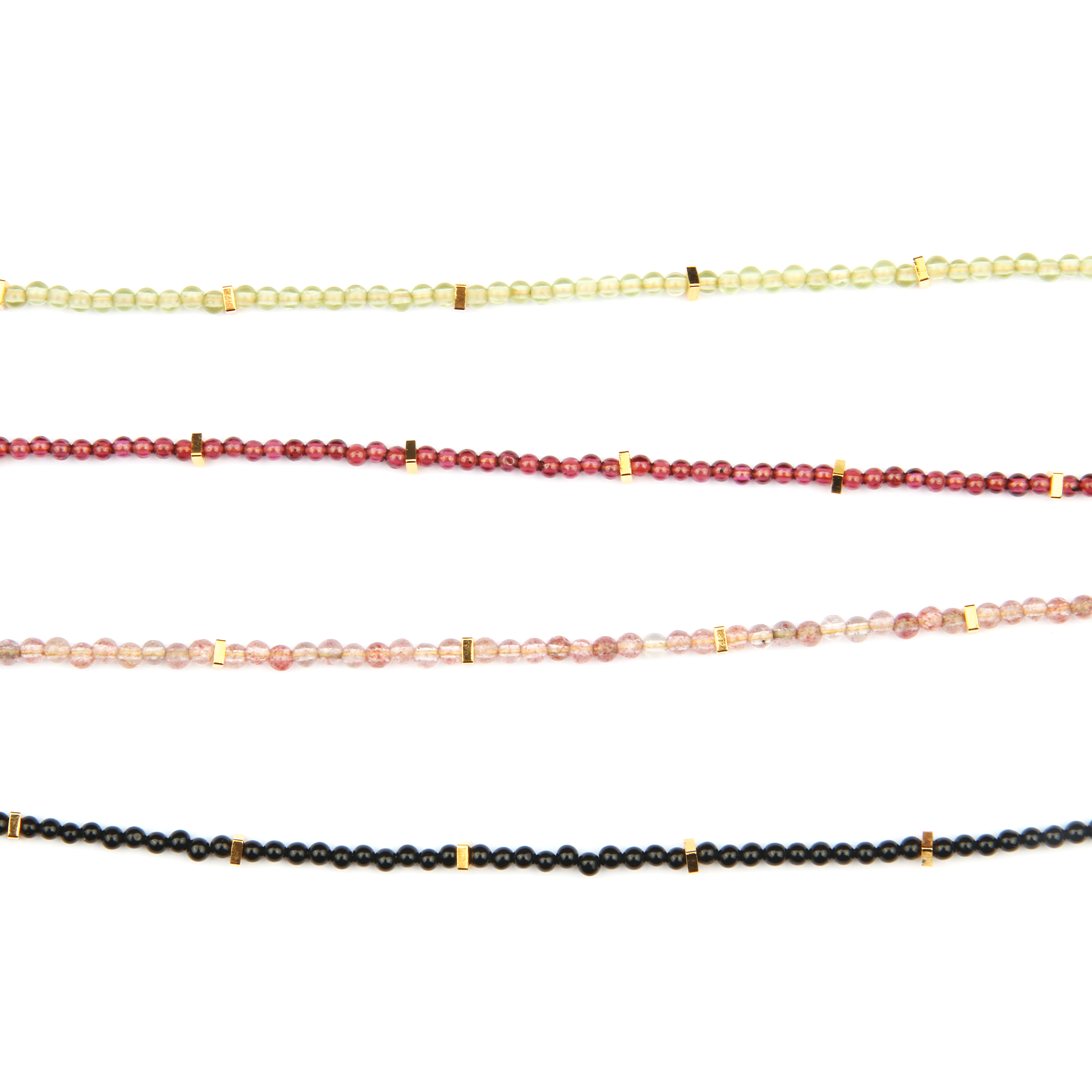
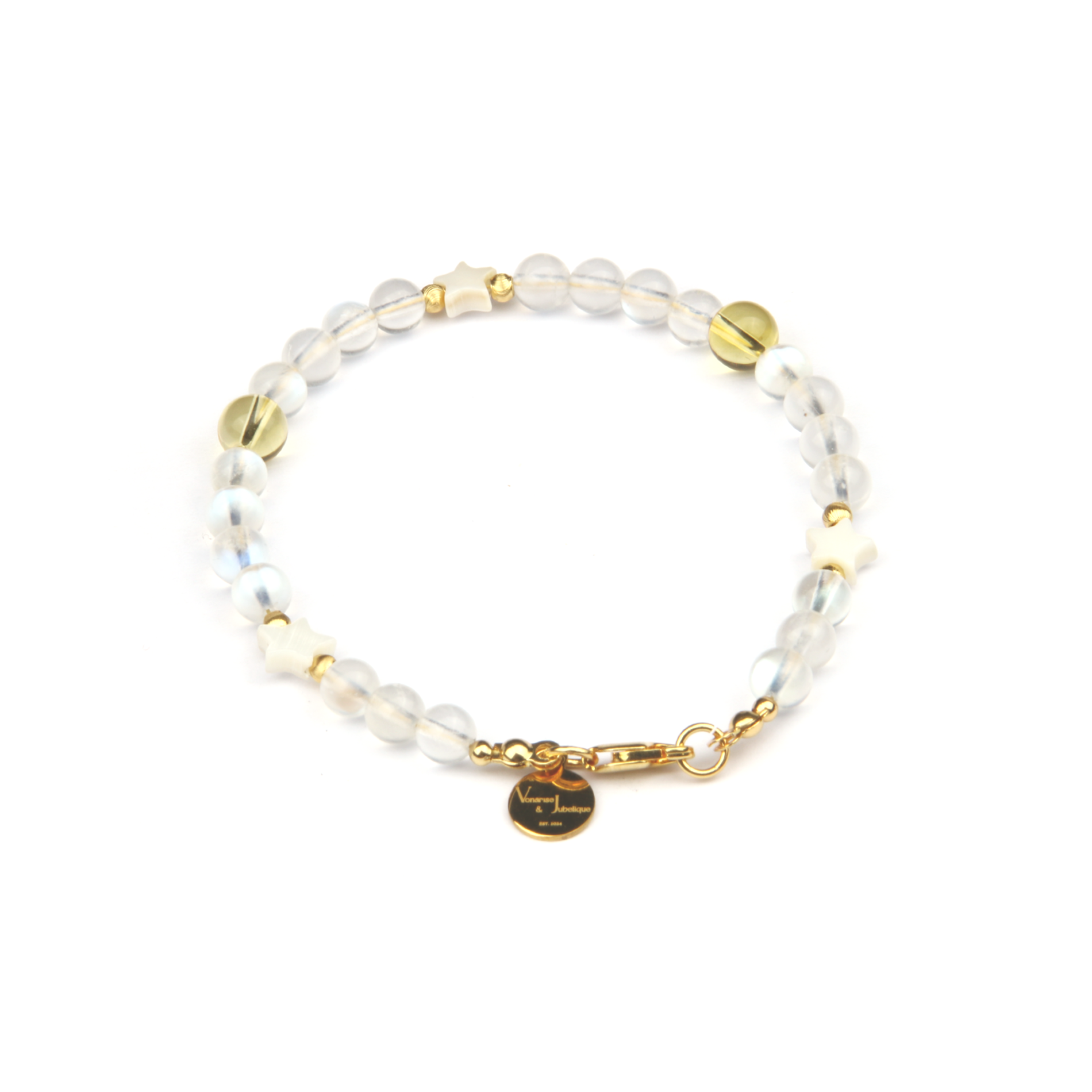
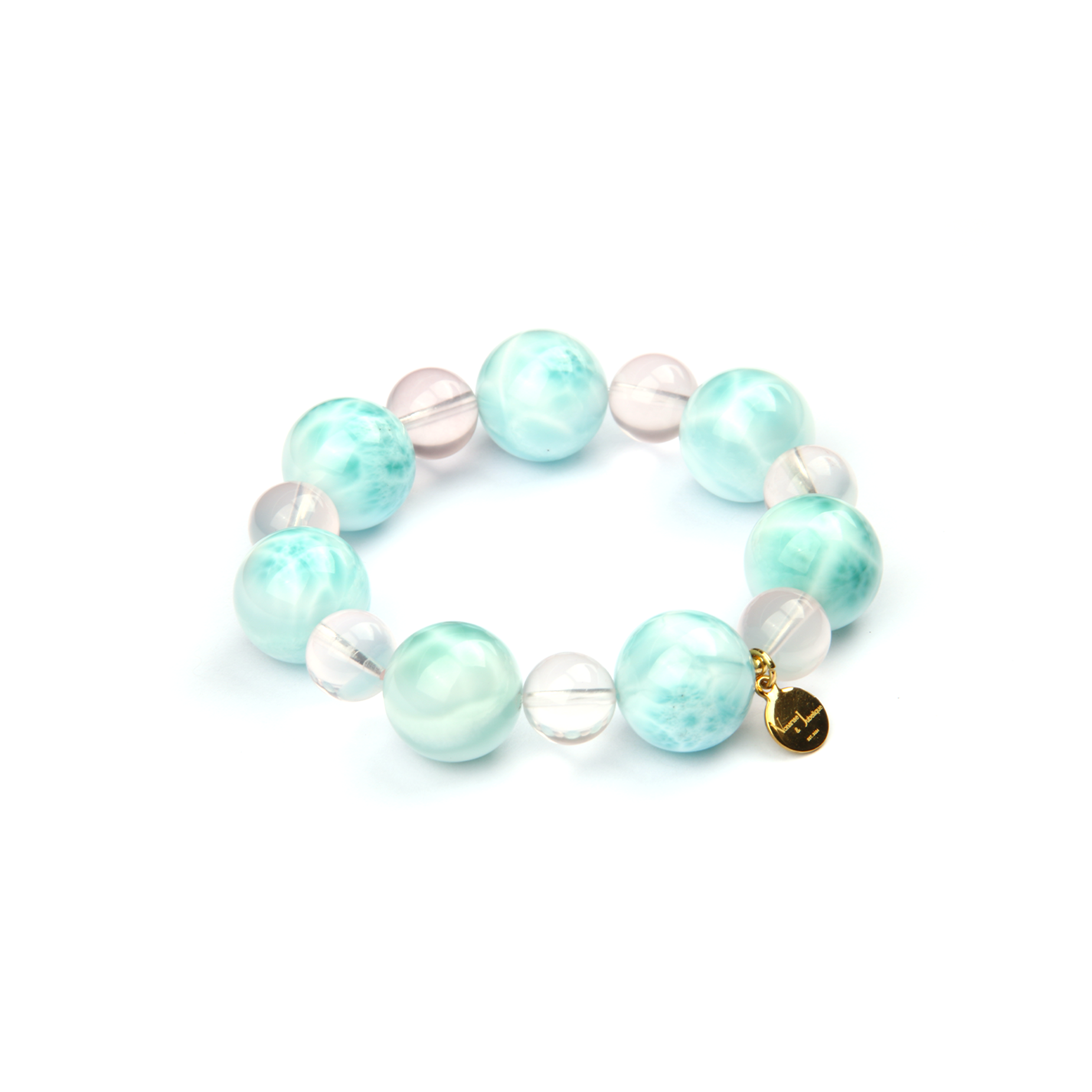
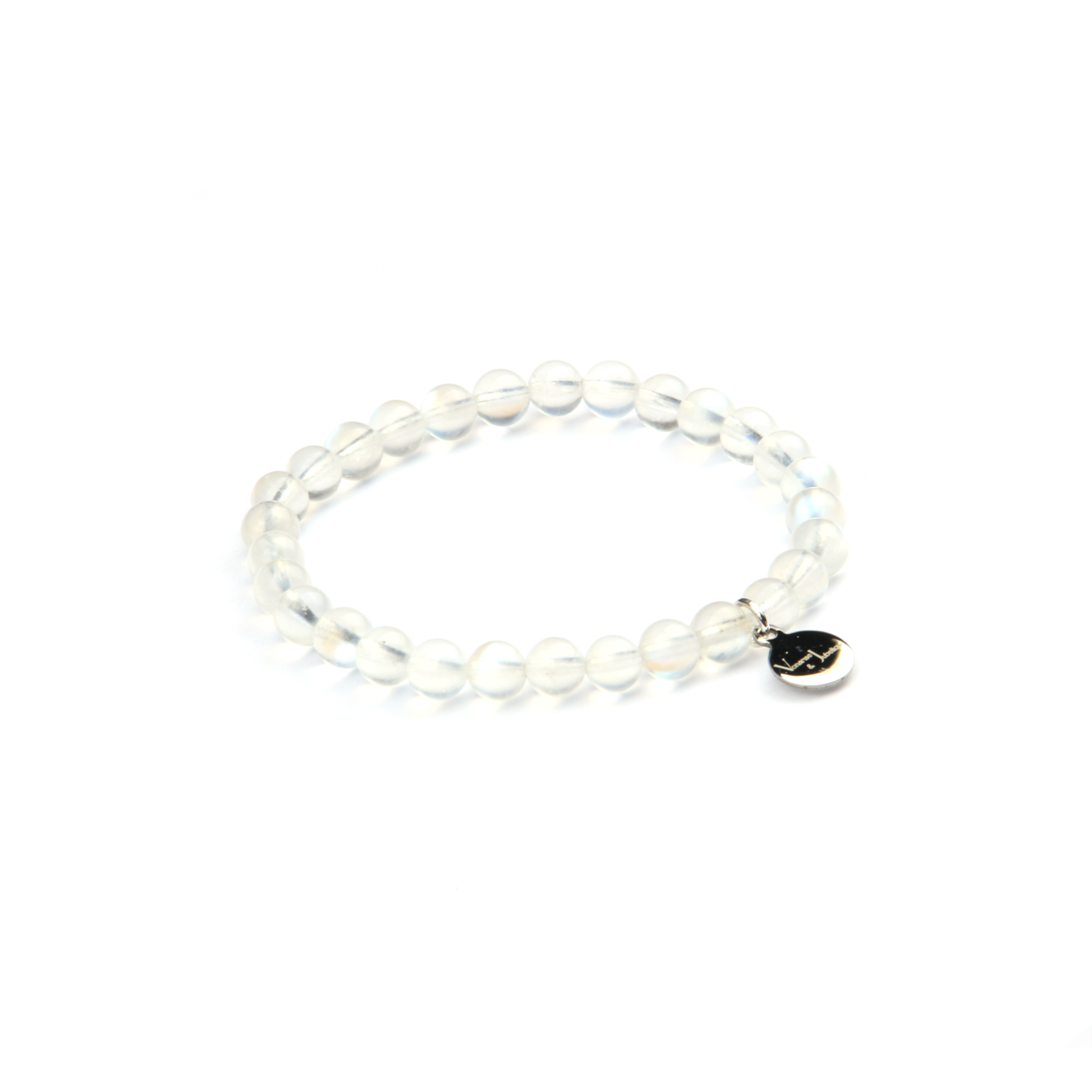
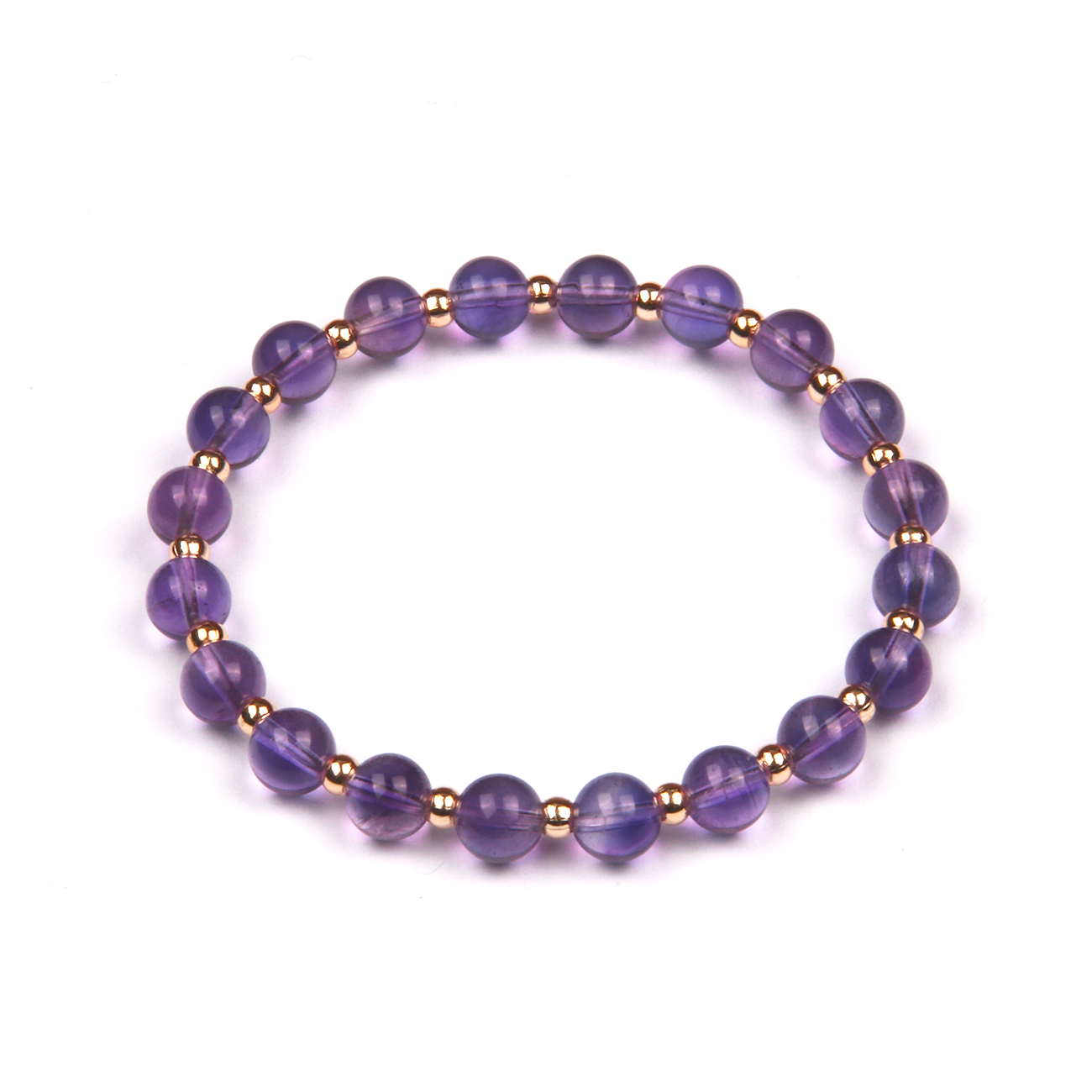
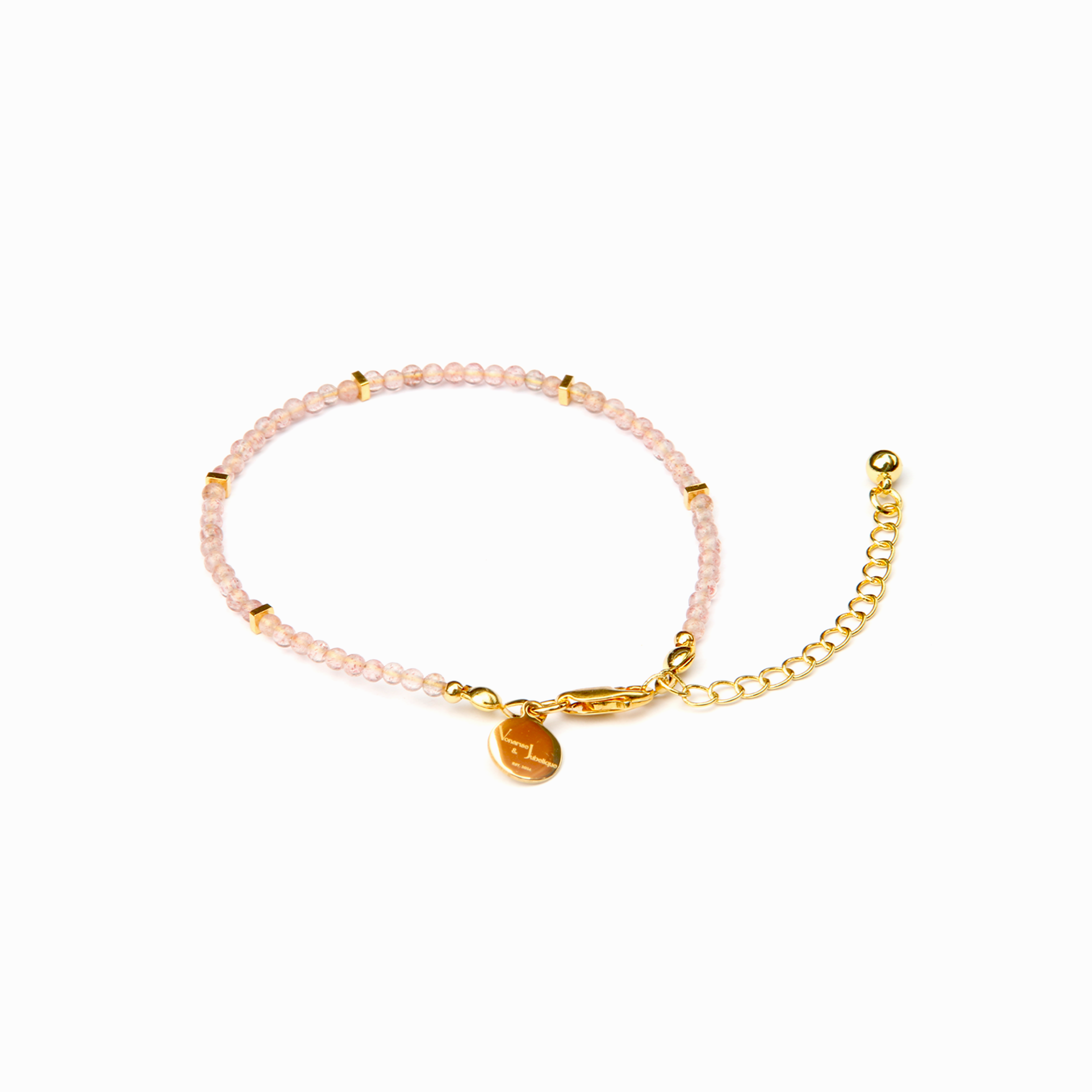
Share:
Crystal Jewelry Care Guide: How to Prevent Fading, Scratches, and Broken Strands
If a Crystal Could Talk... An Amethyst for Restless Nights